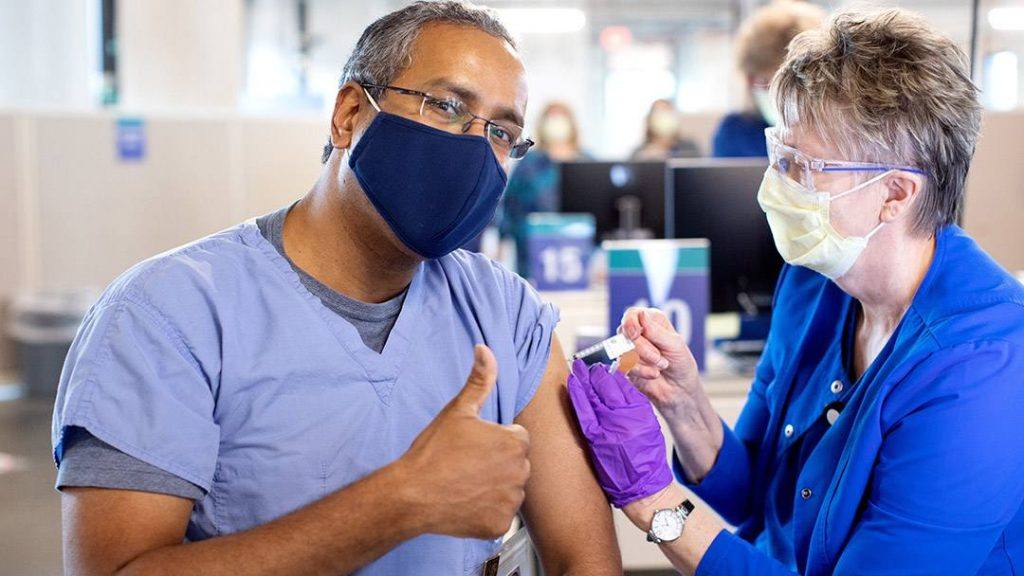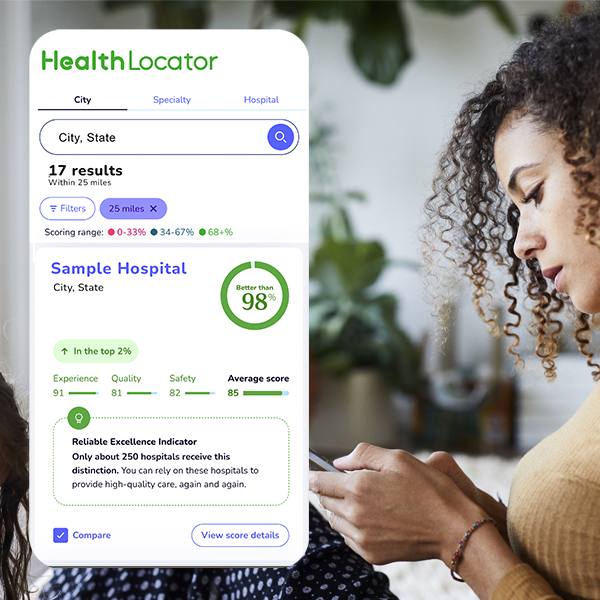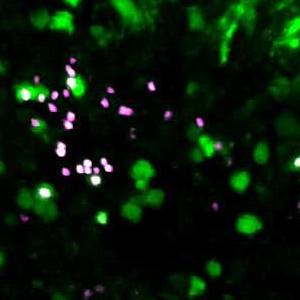
After more than a year of enduring the deadly global COVID-19 pandemic, it's the first step toward returning to normal activities. The Centers for Disease Control and Prevention (CDC) has issued an interim set of recommendations for people who have been fully vaccinated against COVID-19. This guidance addresses private household settings and does not apply to public gatherings or in the workplace.
"This is limited to fully vaccinated individuals. That means in the U.S. that you'd be 14 or more days after receipt of the second dose of an mRNA vaccine (Pfizer or Moderna), or 14 or more days after the single dose of the Johnson & Johnson vaccine," says Dr. Gregory Poland, an infectious diseases expert and head of Mayo Clinic's Vaccine Research Group.
Watch: Dr. Gregory Poland discusses CDC's new COVID-19 vaccination recommendations.
Journalists: Sound bites with Dr. Poland are in the downloads at the end of this post. Please courtesy: "Gregory Poland, M.D. / Vaccine Research Group / Mayo Clinic."
The new CDC guidance contains activity recommendations for fully vaccinated people in private settings and includes:
- Visiting with other fully vaccinated people indoors without wearing masks or staying 6 feet apart.
- Visiting with unvaccinated people from one other household indoors without wearing masks or staying 6 feet apart if everyone in the other household is at low risk for severe disease.
- Refrain from quarantine and testing if no symptoms of COVID-19 are experienced after contact with someone who has COVID-19.
"The basic idea here in these interim recommendations is that that fully vaccinated people have a very, very small risk of transmitting the virus to somebody else," says Dr. Poland.
The CDC says that everyone — including those who have been vaccinated for COVID-19 — should continue wearing a mask and practicing social distancing, as well as continue other mitigation strategies when in public settings.
"There is no situation in which there is no risk. So it recognizes a range of risks," says Dr. Poland. "And it is the CDC's first step toward normalcy by balancing the value of social interaction and family interaction that many of us have not been engaging in because of the science-based recommendations, and trying to decrease social isolation."
"It is an appropriate step in moving toward normal life by using a careful 'dimmer switch' rather than an 'on-off' switch approach," he adds. "This allows those who have taken the important step of vaccination to carefully begin normalization of life activities, while allowing states and the CDC to measure the effect until vaccines are widely available to all."
The CDC estimates that approximately 10% of the U.S. population has been fully vaccinated for COVID-19 at this time. While this new guidance is a step in the right direction, the CDC says that most Americans need to be vaccinated before COVID-19 precautions can be lifted broadly.
The CDC says that anyone who is fully vaccinated should continue to take these COVID-19 precautions when in public, when visiting with unvaccinated people from multiple other households, and when around unvaccinated people who are at high risk of getting severely ill from COVID-19:
- Wear a well-fitted mask.
- Stay at least 6 feet apart from people you do not live with.
- Avoid medium and large in-person gatherings.
- Get tested if experiencing COVID-19 symptoms.
- Follow guidance issued by individual employers.
- Follow CDC and health department travel requirements and recommendations.
Masking, social distancing and other COVID-19 safety precautions also are important to limit the transmission of variants in the community and prevent associated disease with these variants, especially when only a small percentage of the population has been vaccinated.
__________________________________________
For the safety of its patients, staff and visitors, Mayo Clinic has strict masking policies in place. Anyone shown without a mask was either recorded prior to COVID-19 or recorded in a nonpatient care area where social distancing and other safety protocols were followed.
Information in this post was accurate at the time of its posting. Due to the fluid nature of the COVID-19 pandemic, scientific understanding, along with guidelines and recommendations, may have changed since the original publication date.
Dr. Poland has served as a consultant for Merck & Co. Inc., Medicago Inc., GlaxoSmithKline plc, Sanofi Pasteur, Emergent BioSolutions Inc., Dynavax Technologies Corp., Genentech Inc., Eli Lilly and Co., Kentucky BioProcessing Inc. and Genevant Sciences Corp., and Janssen Pharmaceuticals Inc. He is a paid scientific adviser for Johnson & Johnson. Honoraria: Elsevier.
For more information and all your COVID-19 coverage, go to the Mayo Clinic News Network and mayoclinic.org.
Learn more about tracking COVID-19 and COVID-19 trends.








